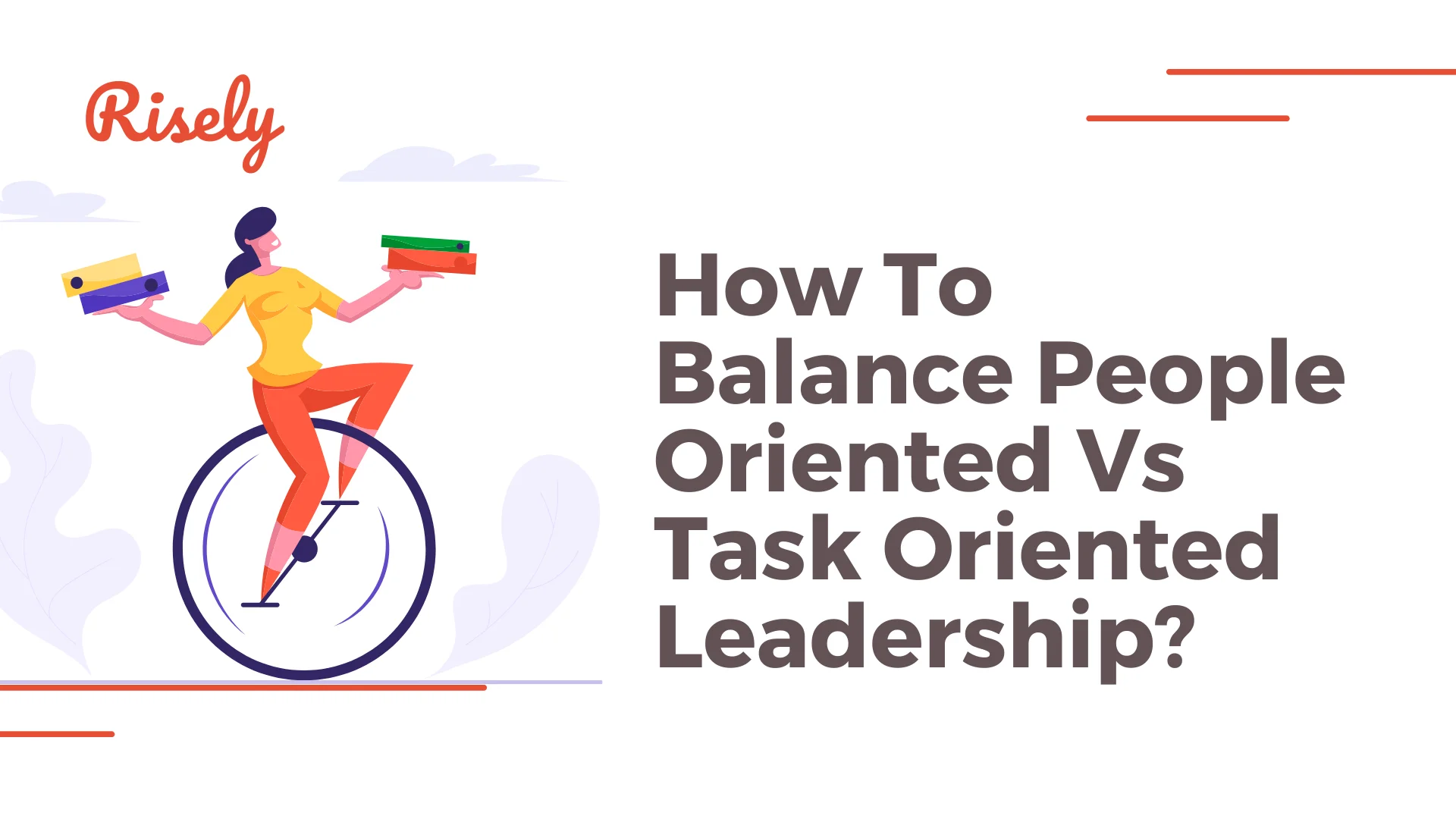The Ultimate Guide to Task Prioritization: Understanding Priority Levels
Imagine you have a long to-do list staring at you, deadlines looming, and an inbox overflowing with emails. You feel pressured to get everything done, but where do you start? With limited time and energy, how can you ensure you use your resources most efficiently? This is where the power of task prioritization comes in. By assigning levels to your tasks, you can effectively manage your workload, increase productivity, and achieve your goals with less stress. Juggling numerous tasks and responsibilities can be overwhelming. With competing demands for our time and attention, it’s essential to have effective strategies to stay organized and focused. One strategy that can significantly impact our productivity and success is task prioritization using levels. Priority levels provide a system for categorizing tasks based on their importance, urgency, and impact, helping us make informed decisions about where to focus our time and resources. By assigning priority levels to our tasks, we can effectively manage our workload, reduce stress, and ensure that we are working on the most critical tasks at the right time.What are the Priority Levels of a Task?
The task priority level refers to the relative importance and urgency assigned to different tasks or activities within a project, goal, or to-do list. Priority levels determine how tasks should be addressed and completed based on their significance and deadlines. They help individuals or teams allocate their time, effort, and resources effectively to ensure tasks are completed promptly and efficiently.What are the 4 levels of prioritizing tasks?
The four commonly used levels of prioritizing tasks are: High-priority: These are tasks that are urgent and critical to the success of a project or goal. They typically have tight deadlines or immediate consequences if not addressed promptly. High-priority tasks require immediate attention and should be tackled first. For example:- Meeting with a key client immediately to resolve a critical issue that could impact the project timeline.
- Completing a report due by the end of the day and required for a presentation to senior management.
- Conducting research for a future project due in a few weeks.
- Reviewing and providing feedback on a colleague’s work that is not immediately needed for another task.
- Organizing files and folders on your computer for better productivity.
- Reviewing and updating your professional development plan.
- Optional tasks or ideas that are not critical to the project or goal.
- Tasks that are not aligned with current project objectives or priorities.
Other Interesting Reads
Benefits of Setting Priority Levels to a Task
- Efficient resource allocation: Priority levels allow you to allocate your time, effort, and resources effectively. By identifying and focusing on high-priority tasks, you can ensure that critical and urgent tasks are completed first, minimizing the risk of missed deadlines or negative consequences.
- Improved time management: Priority levels help you prioritize your tasks and avoid wasting time on less important or non-urgent tasks. By focusing on tasks with higher priority levels, you can better manage your time and ensure you work on tasks that significantly impact your project or goal.
- Enhanced productivity: Prioritizing tasks allows you to work more efficiently and productively. First, you can progress on critical tasks that contribute directly to project or goal success by identifying and tackling high-priority tasks. This can help you achieve better results in a shorter timeframe.
- Better decision-making: Priority levels provide a framework for decision-making. When faced with multiple tasks or competing demands, you can use priority levels to determine which tasks should take precedence. This helps you decide where to focus your efforts and resources.
- Reduced stress: By setting priority levels to tasks, you can reduce the stress and overwhelm that can come from managing multiple tasks and deadlines. Clear priorities help you stay organized, focused, and on track, alleviating stress and promoting a sense of control and accomplishment.
- Improved collaboration: Clearly defining task priority levels can improve team members’ communication and collaboration. It provides a shared understanding of the most critical tasks, helping team members align their efforts, coordinate work, and meet project objectives.
- Flexibility and adaptability: Priority levels are not set in stone and can be adjusted based on changing circumstances, deadlines, or new information. This allows flexibility and adaptability in managing tasks and projects, ensuring that priority levels can be updated to reflect evolving requirements and priorities.
How to Set Priority Levels for a Task?
Setting priority levels for tasks can be done using the following steps:- Identify and define criteria: Determine the criteria that will be used to assess and assign priority levels to tasks. Common criteria may include urgency, importance, deadlines, consequences, and overall project or goal objectives. Clarify the criteria’s priority level to ensure consistent understanding and application.
- Assess task characteristics: Evaluate the characteristics of each task to determine its priority level. Consider factors such as deadlines, dependencies, impact on project or goal success, and available resources. Time-sensitive tasks with high consequences for delay or critical to project success may be assigned higher priority levels.
- Rank tasks: Prioritize tasks based on the established criteria and task characteristics. Use the identified priority levels (e.g., high, medium, low) to rank tasks in order of urgency and importance. Consider the potential impact of each task on the overall project or goal and the resources needed to complete them.
- Communicate and update: Communicate the assigned priority levels to relevant team members or stakeholders to ensure a shared understanding of task prioritization. Regularly review and update task priorities based on changes in project requirements, deadlines, or other factors that may affect task importance or urgency.
- Take Action: Begin working on tasks according to their assigned priority levels. Start with high-priority tasks and work your way down to lower-priority tasks. Focus on completing tasks based on their priority levels and avoid getting distracted by lower-priority tasks that may be less critical to the project or goal.
- Monitor and adjust: Continuously monitor progress and reassess task priorities as needed throughout the project or goal timeline. Be flexible and willing to adjust priorities based on changing circumstances or new information affecting task urgency or importance.
Conclusion
In today’s time-crunched world, effective task management is the key to conquering your to-do list. Enter priority levels: the secret weapon for laser focus and maximum productivity. Assigning priority levels empowers you to make informed decisions about where to invest your precious time and energy. Important tasks get the attention they deserve, while you stay organized and avoid feeling overwhelmed. This blog unpacked the power of priority levels and their impact on your success. Ready to up your productivity game? Embrace priority levels, evaluate your tasks ruthlessly, and watch your efficiency soar. Remember, practice makes perfect – the more you prioritize, the better you’ll become at managing your workload and achieving your goals.Are you going ahead with the right priority levels at work?
Find out now with the effective prioritization assessment for managers and leaders to get ahead.
Frequently asked questions
How do you determine the priority level of a task?
Determining the priority level of a task can be done by considering factors such as Deadline, importance, urgency, and value.
What are the priority levels of work?
The priority levels of work can vary depending on the organization and its specific workflow. Some organizations may use additional levels, such as “Critical” or “Routine,” to categorize tasks based on their significance and urgency.
What are the three levels of priorities for tasks?
The three levels of priorities for tasks are typically categorized as follows: High priority, medium priority, and low priority
Other Related Blogs
How To Balance People Oriented Vs Task Oriented Leadership?
Finding the right balance between these two leadership styles is essential for creating a productive work environment and achieving short-term and long-term goals. It requires understanding the strengths and weaknesses…
Multitasking is killer, a killer of your effort
Multitasking is killer, a killer of your effort Are you reading this in your early morning round-up of news? Or while driving? Or worse, amid a conversation with someone? It…
5 Frameworks to Master Prioritization Skills
Ever feel like your to-do list has morphed into a never-ending monster, overflowing with tasks and projects all vying for your attention? You’re not alone. As a manager, juggling priorities…
7 Ways to Ensure Discipline in the Workplace for Managers
Do you ever feel like you can’t enforce discipline in the workplace? Do your employees seem to get away with anything? Maybe it’s time to take a look at your…


